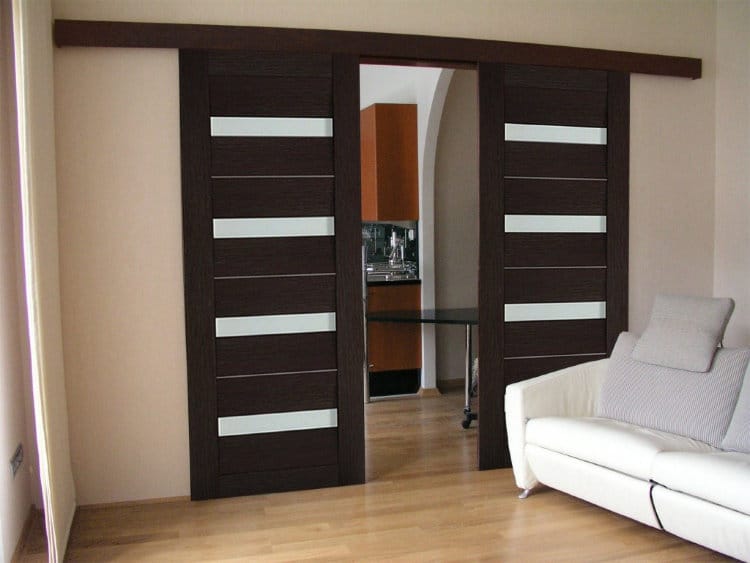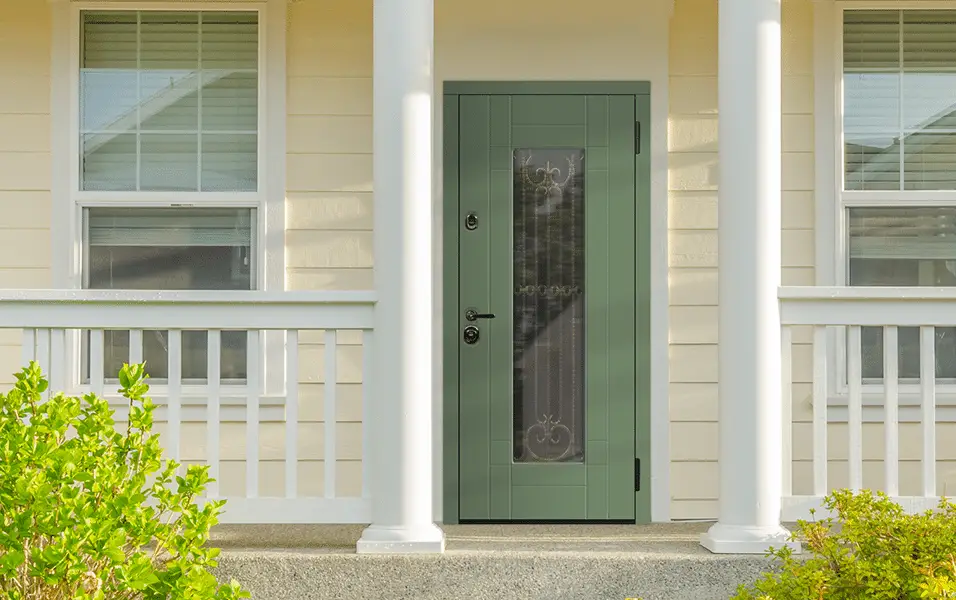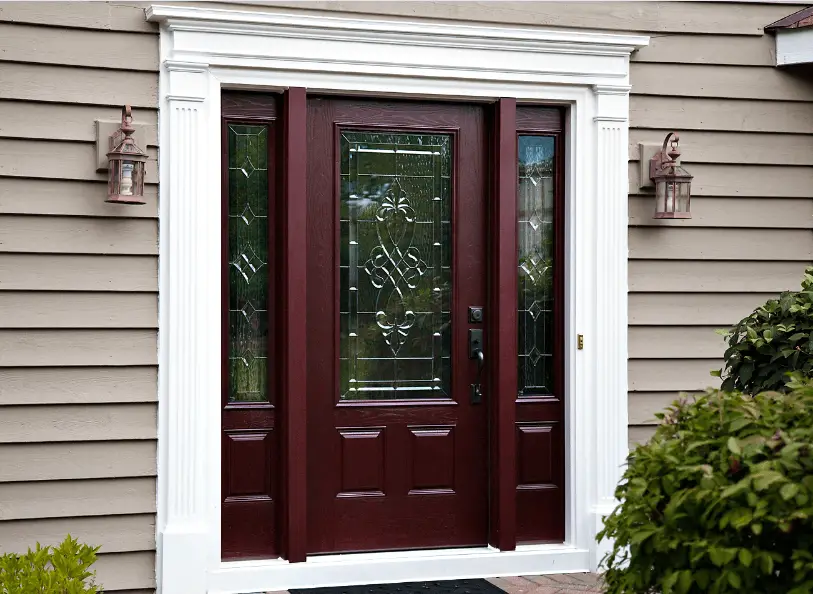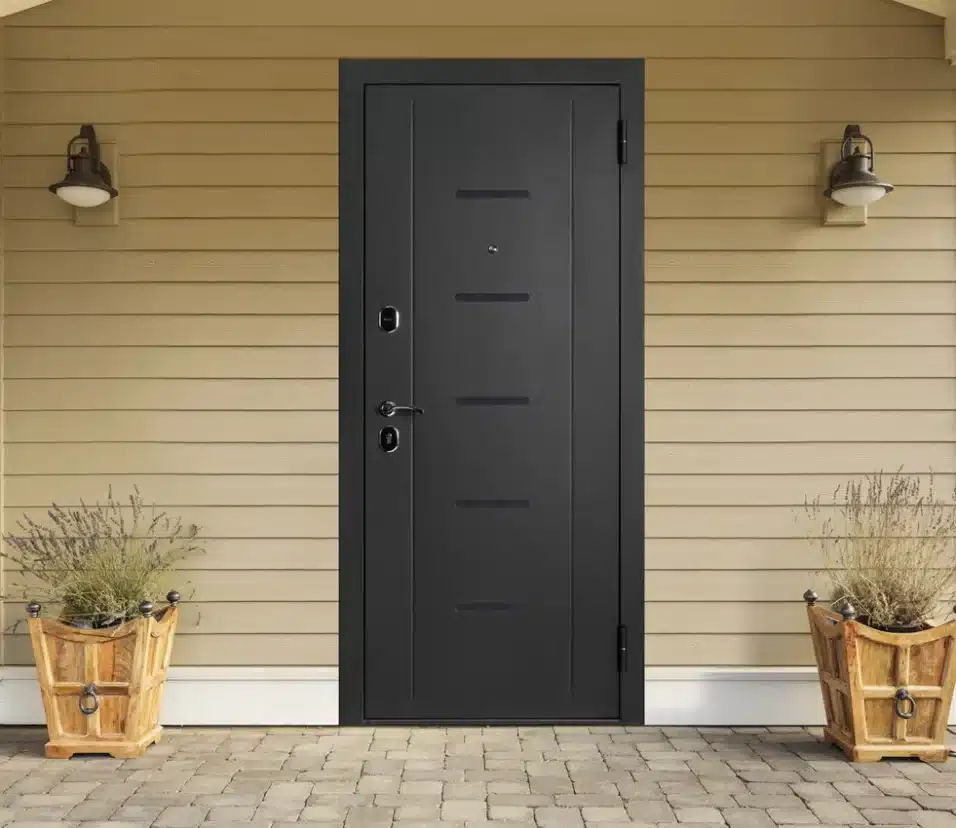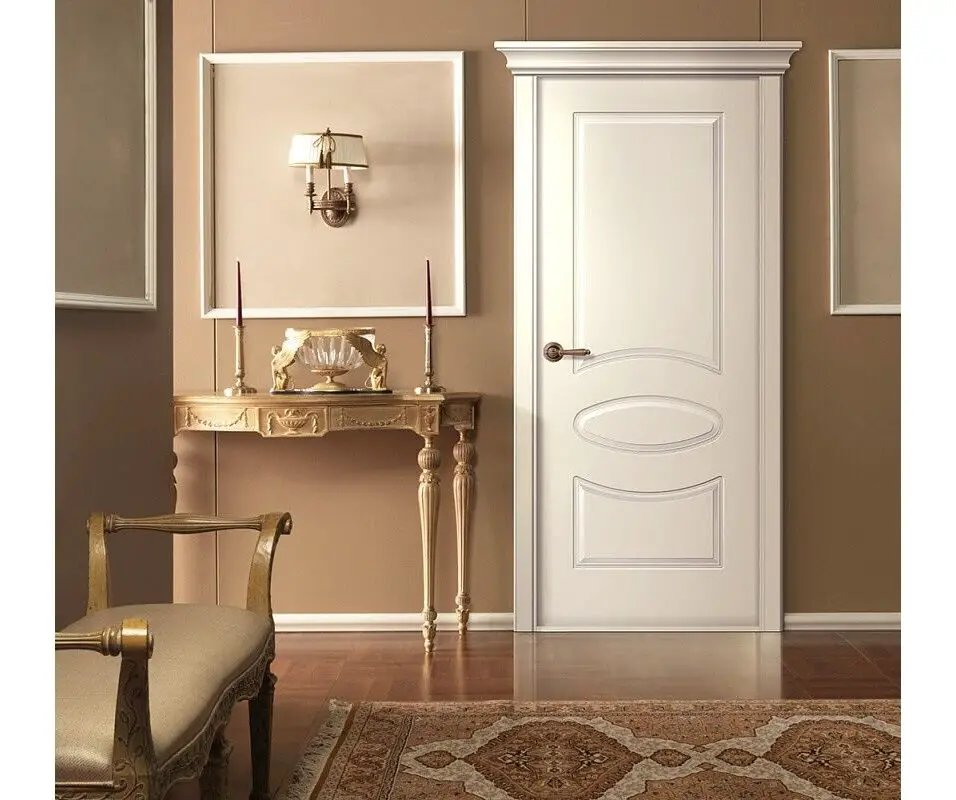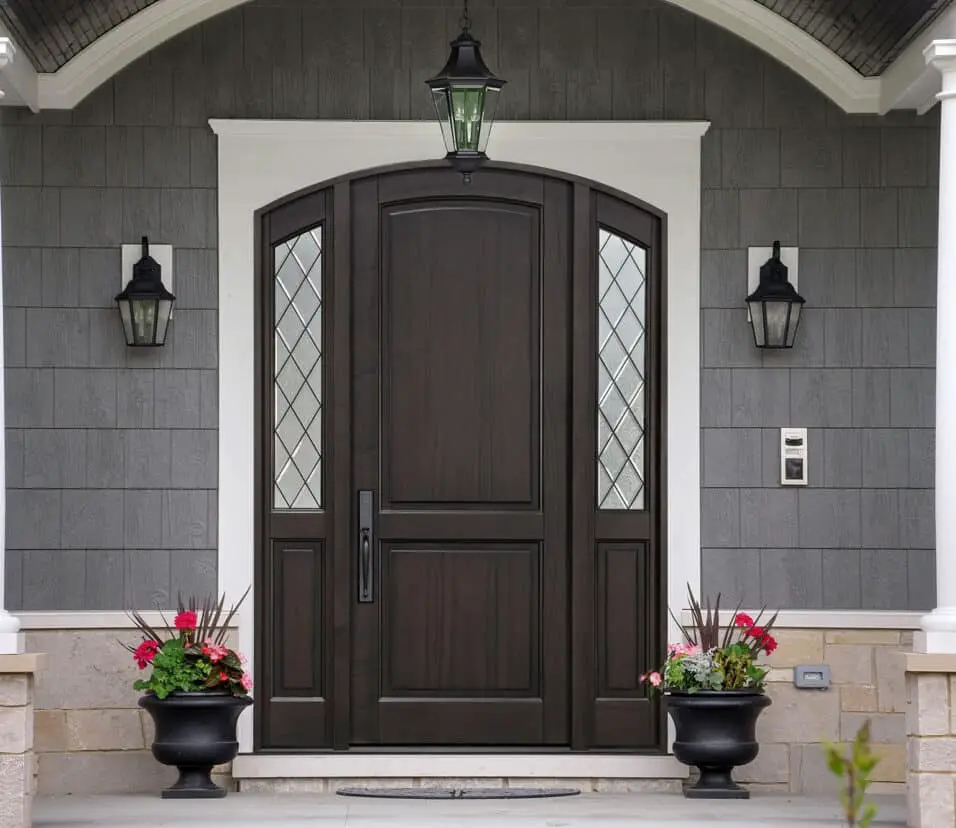How To Install An Exterior Sliding Barn Door
Introduction
How To Install An Exterior Sliding Barn Door: Welcome to our comprehensive guide on how to install an exterior sliding barn door! Sliding barn doors have become a popular choice for both aesthetic and practical reasons. They add rustic charm and functionality to any exterior space, whether it’s a patio, garage, or garden shed. Installing one can transform the look and feel of your outdoor area while also providing convenience and security.
In this step-by-step tutorial, we will walk you through the entire process, from gathering the necessary tools and materials to expertly hanging and adjusting your sliding barn door. Whether you’re a seasoned DIY enthusiast or a novice looking to take on a rewarding project, we’ve got you covered.
Our instructions are designed to be accessible to all skill levels, with detailed explanations and helpful tips to ensure your installation goes smoothly. We’ll cover essential topics such as measuring and framing, choosing the right hardware, and aligning your door for flawless operation.
By the end of this guide, you’ll have the knowledge and confidence to install an exterior sliding barn door that enhances the curb appeal and functionality of your home or outdoor space. Let’s get started on this exciting journey of transformation and improvement!
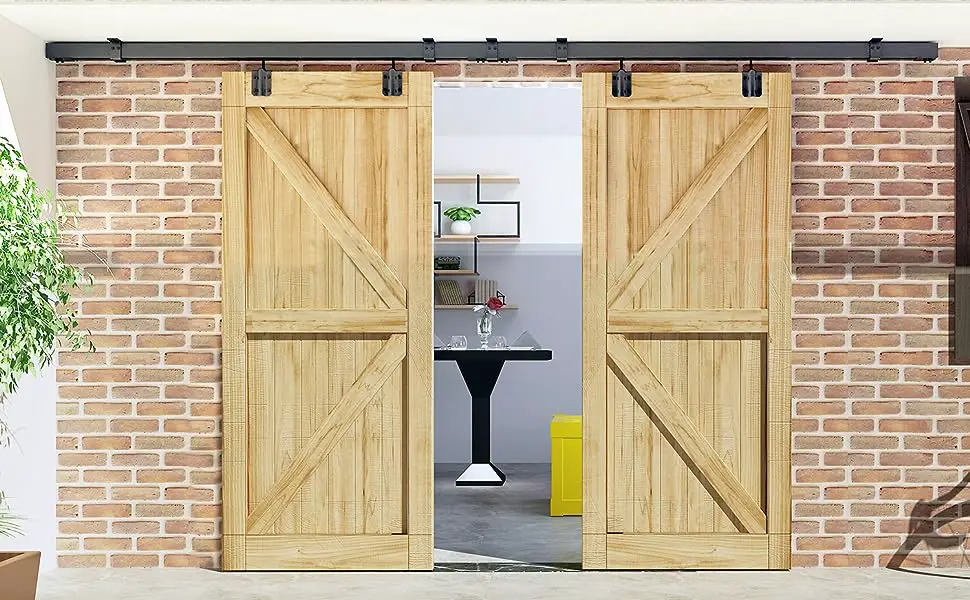
Can sliding barn doors be used for exterior?
1. Outdoor Entryways. Exterior barn door hardware can be utilized in any outdoor space. Not only does it look impressive, but because exterior sliding barn door hardware is built to last, you’re sure to impress family and friends with the longevity of your sliding barn door and the hardware you choose.
Yes, sliding barn doors can indeed be used for exterior applications. While they are more commonly associated with interior design for their rustic charm and space-saving capabilities, exterior sliding barn doors have gained popularity for various practical and aesthetic reasons. These doors can be an excellent addition to patios, garden sheds, garages, and even as entry doors for homes.
Exterior sliding barn doors are typically constructed from durable materials such as wood, steel, or fiberglass to withstand outdoor elements like rain, wind, and sunlight. They offer both style and functionality, providing a unique focal point for the exterior of a building while also allowing for convenient access and security.
Keep in mind that when using sliding barn doors outdoors, proper sealing, weatherproofing, and maintenance are essential to ensure longevity and prevent issues like water infiltration or warping due to weather exposure. Overall, exterior sliding barn doors are a versatile and attractive option for enhancing the curb appeal and functionality of outdoor spaces.
How do you seal an exterior sliding barn door?
How to Seal Exterior Barn Doors
- Add a Seal to the Door Edge. First, observe the gap when your barn door is closed.
- Install Top and Bottom Brushes. When it comes to sealing the upper and lower edges of your sliding barn door, things can get a little tricky.
- Connect a Top Shield/Rain Guard.
- Install Latches.
Sealing an exterior sliding barn door is crucial to protect it from the elements and ensure it functions properly over time.
Here’s a step-by-step guide on how to seal an exterior sliding barn door:
- Choose the Right Finish: Select a weather-resistant finish or sealant appropriate for the material of your barn door, whether it’s wood, steel, or fiberglass. Exterior-rated paints or stains work well for wood doors, while steel and fiberglass doors may require specialized coatings.
- Prepare the Surface: Ensure the door’s surface is clean, dry, and free from dust or debris. Sand the door lightly if needed to create a smooth, even surface for the finish to adhere to.
- Apply a Primer (if necessary): Some finishes may require a primer for better adhesion. Follow the manufacturer’s instructions for the specific finish you’ve chosen.
- Apply the Finish: Use a brush, roller, or spray gun to apply the finish evenly across the door’s surface. Pay extra attention to the edges and corners.
- Allow for Drying Time: Follow the recommended drying time specified by the finish manufacturer. Multiple coats may be necessary for optimal protection, so allow each coat to dry completely before applying the next.
- Seal Joints and Edges: To prevent water infiltration, use weatherstripping or sealant on the edges of the door and any gaps between the door and the frame. Ensure that the hardware and tracks are also adequately sealed.
- Regular Maintenance: Periodically inspect the door for signs of wear or damage, and reapply the finish or sealant as needed. Regular maintenance will extend the life of your exterior sliding barn door and keep it looking great.
By following these steps and using the appropriate materials, you can effectively seal your exterior sliding barn door and protect it from the elements.
Can you use a barn door as an exterior door?
Used for both interior and exterior applications, on hinges or with barn door track hardware, a Simpson barn door looks great open or shut. While any Simpson door can be paired with barn door track hardware, classic barn door design styles are available 1-3/4” thick with 3/4” grooved flat panel.
Yes, you can use a barn door as an exterior door, but there are some important considerations to keep in mind:
- Material Selection: When using a barn door as an exterior door, it’s crucial to choose a material that can withstand outdoor conditions. Common choices include wood, steel, and fiberglass. Each material has its own advantages in terms of durability, insulation, and aesthetics.
- Weatherproofing: Exterior barn doors need to be properly weatherproofed to prevent water infiltration, drafts, and temperature fluctuations. This involves sealing the door with an appropriate finish or sealant and ensuring that all edges and gaps are properly sealed.
- Hardware: Select hardware designed for outdoor use, as it will be exposed to the elements. Stainless steel or galvanized hardware is often a good choice, as it is resistant to rust and corrosion.
- Security: Consider the level of security you need for your exterior barn door. Ensure that the locking mechanism is robust and provides the level of protection you require.
- Maintenance: Exterior barn doors will require regular maintenance to keep them in good condition. This includes resealing, inspecting hardware, and addressing any signs of wear or damage.
Overall, with the right materials, weatherproofing, and maintenance, a barn door can be a unique and functional choice for an exterior door, adding character and charm to your home or outdoor space.
Can you put a sliding door on the outside?
They can slide outside of the fixed panel; however, it’s more secure for the panel to slide on the inside. If your sliding door slides on the inside, the track for the door will also be inside. This decreases the chance for the track to become damaged over time from harsh weather conditions.
Yes, you can definitely install a sliding door on the outside of a building. Exterior sliding doors offer several advantages, including space-saving benefits, easy access to outdoor areas, and a modern aesthetic.
Here are some key points to consider when putting a sliding door on the outside:
- Materials: Choose a sliding door material that can withstand outdoor conditions. Common options include wood, aluminum, steel, and fiberglass. Ensure the chosen material is durable and weather-resistant.
- Weatherproofing: Proper weatherproofing is essential to prevent water infiltration and maintain energy efficiency. Use weatherstripping and seals to protect against drafts and moisture.
- Security: Exterior sliding doors should have secure locking mechanisms to ensure the safety of your property. Consider adding additional security features if needed, such as a deadbolt lock.
- Track System: Invest in a high-quality track system designed for outdoor use. It should be able to support the weight of the door and operate smoothly, even in varying weather conditions.
- Maintenance: Regularly inspect and maintain your exterior sliding door. Clean tracks, lubricate moving parts, and address any issues promptly to prolong the door’s lifespan.
- Glass: If your sliding door has glass panels, choose tempered or laminated glass for safety and consider options with low-emissivity coatings for energy efficiency.
- Aesthetics: Exterior sliding doors come in various styles and finishes. Select one that complements the overall design of your home or outdoor space.
In summary, installing a sliding door on the outside can enhance the functionality and aesthetics of your property. Just ensure you use the appropriate materials, properly seal and secure the door, and perform regular maintenance to keep it in excellent condition.
Is it easy to install a sliding barn door?
Installing sliding barn door hardware is simpler and cheaper than you think. You’ll need some essentials to get started and a little bit of know-how, but as long as you follow along in this tutorial, you’ll have a new custom sliding barn door hung in no time! Just wait and see.
The ease of installing a sliding barn door depends on your level of DIY experience, tools, and the complexity of the installation. Generally, the installation process can be manageable for individuals with basic carpentry skills. However, it’s essential to note that it can become more challenging if you are dealing with non-standard door sizes, wall materials, or need to make structural modifications.
Here’s an overview of the installation process:
Gather Materials and Tools: Collect the necessary hardware, door, track system, and tools like a level, drill, measuring tape, and screws.
Measure and Prepare: Accurate measurements are crucial. Ensure that your door and track are the right size for your space. Prepare the wall by locating studs and marking the placement of the track.
Mount the Track: Attach the track to the wall, making sure it’s level and securely anchored to the studs. Use spacers if necessary to ensure the door clears any baseboards or trim.
Install Rollers and Door:
Attach the rollers or hangers to the door, then hang the door on the track. Adjust the rollers to ensure the door slides smoothly.
Secure Stops: Install stops at both ends of the track to prevent the door from sliding off.
Install Guides: Depending on your setup, you may need floor guides to keep the door stable.
Adjust and Test: Fine-tune the door’s alignment and ensure it moves freely along the track.
Finish and Paint: Add any desired finish or paint to your door and any exposed hardware.
While it’s possible to install a sliding barn door yourself, if you’re uncertain about your abilities or have a complex installation, it’s wise to consult with a professional for guidance or assistance. The ease of installation can vary, but with patience and attention to detail, it can be a rewarding DIY project.
Why use a sliding barn door?
Sliding barn doors are ideal for tight spaces. Swinging doors need room to open. As a result, they may block walkways or damage walls when in small spaces. Barn doors, on the other hand, require far less floor space, as they rest flat up against the wall.
Sliding barn doors have become increasingly popular for several reasons:
- Space-Saving: Barn doors slide horizontally along a wall, making them an excellent choice for rooms with limited space. They don’t swing open like traditional hinged doors, saving valuable floor space.
- Aesthetics: Barn doors add a touch of rustic or modern charm to any space. They are available in various styles and finishes, making them versatile for both contemporary and traditional interior designs.
- Customization: Barn doors can be customized to suit your decor. You can choose different materials, colors, and hardware options to match your personal style.
- Accessibility: Sliding barn doors are easy to operate and offer excellent accessibility, making them ideal for spaces where traditional doors might be cumbersome.
- Versatility: They can be used in various settings, from bedrooms and bathrooms to living rooms and pantries. They are also a popular choice for closet doors.
- Privacy: Barn doors can provide privacy when closed and an open, airy feel when open, allowing you to create flexible living spaces.
- Sound Control: They can offer better sound insulation compared to standard doors, which is advantageous in bedrooms or home offices.
In summary, sliding barn doors are a stylish, functional, and space-saving solution for various interior design needs. Their versatility, aesthetics, and practicality make them a popular choice in modern home design.
How do you fill a gap between a barn door and a wall?
Weather-stripping
You can close the gaps in your barn door without cutting a piece of baseboard. It is best if the weather-strip is the same color as the barn door. Apply it to bridge the gap between the wall and the barn door; it will reduce some noise. Now, apply it to the bottom of the door as well.
Filling the gap between a barn door and a wall is important for both aesthetics and to maintain privacy and insulation. Here’s how you can fill this gap:
Weatherstripping: Apply weatherstripping along the edge of the door where it meets the wall. This self-adhesive strip can seal small gaps, prevent drafts, and reduce noise.
Door Sweep: Install a door sweep on the bottom edge of the barn door. This seals the gap between the door and the floor, helping to keep out drafts, insects, and dust.
Adjust Rollers: Ensure that the door’s rollers or hangers are correctly adjusted so that the door fits snugly against the wall when closed. Most barn door hardware allows for adjustments to achieve a proper fit.
Use a Filler Strip:
For larger gaps, you can create a custom filler strip. This strip can be made from wood, metal, or plastic and should be painted or stained to match the door’s finish. Attach it to the edge of the door that meets the wall to close the gap.
Install a Casing or Trim: Add a decorative casing or trim around the door opening on the wall side. This not only conceals the gap but also enhances the overall appearance of the door.
Caulking: If there are small gaps or irregularities between the wall and the door frame, you can use caulk to fill them. This provides a clean, seamless look.
Ensure that the chosen method for filling the gap complements the overall design and style of the door and room. Properly sealing the gap will enhance the door’s functionality, appearance, and energy efficiency.
What is the best way to secure a barn door?
Best Options For Locking Your Sliding Barn Door
- Hook and Eye Latch.
- 90 Degree Angle Flip Latch.
- 90 Degree Buckle Lock.
- 90 Degree Hasp and Padlock.
- Tear Drop Latch.
- Sliding Bolt Lock With Hasp.
- Cane Bolt Floor Drop Rod.
Securing a barn door is essential to ensure privacy, safety, and peace of mind. Here are some effective ways to secure a barn door:
Locking Hardware: Choose secure locking hardware designed for barn doors. Options include privacy locks, key locks, and combination locks. These can be installed on the door or the wall to prevent unwanted access.
Floor Guides: Use floor guides to keep the door stable and prevent it from swinging or sliding when it shouldn’t. This helps maintain security by keeping the door in its intended position.
Keyed Entry: Consider a barn door with a keyed entry option, similar to a traditional deadbolt. This provides a high level of security and can be especially important for exterior barn doors.
Latch Systems:
Install a latch system that can be operated from both sides of the door. This can include a latch that can be locked and unlocked using a key or a sliding bolt latch.
Security Bar: For added security, you can install a security bar or a bolt that extends from the door to the wall or doorframe when the door is closed.
Alarm Systems: If security is a significant concern, you can integrate your barn door with a home security system. Sensors can be placed on the door to detect unauthorized entry and trigger alarms.
Smart Locks: Consider smart lock options that allow you to control and monitor your barn door remotely using a smartphone app. Some models also offer keyless entry codes and integration with home automation systems.
Reinforce the Wall: Ensure that the wall where the track is mounted is sturdy and properly anchored to prevent forced entry by attempting to dislodge the track.
The best method for securing your barn door will depend on your specific needs, the door’s location (interior or exterior), and your personal preferences. It’s important to balance security with convenience and aesthetics to choose the right solution for your space.
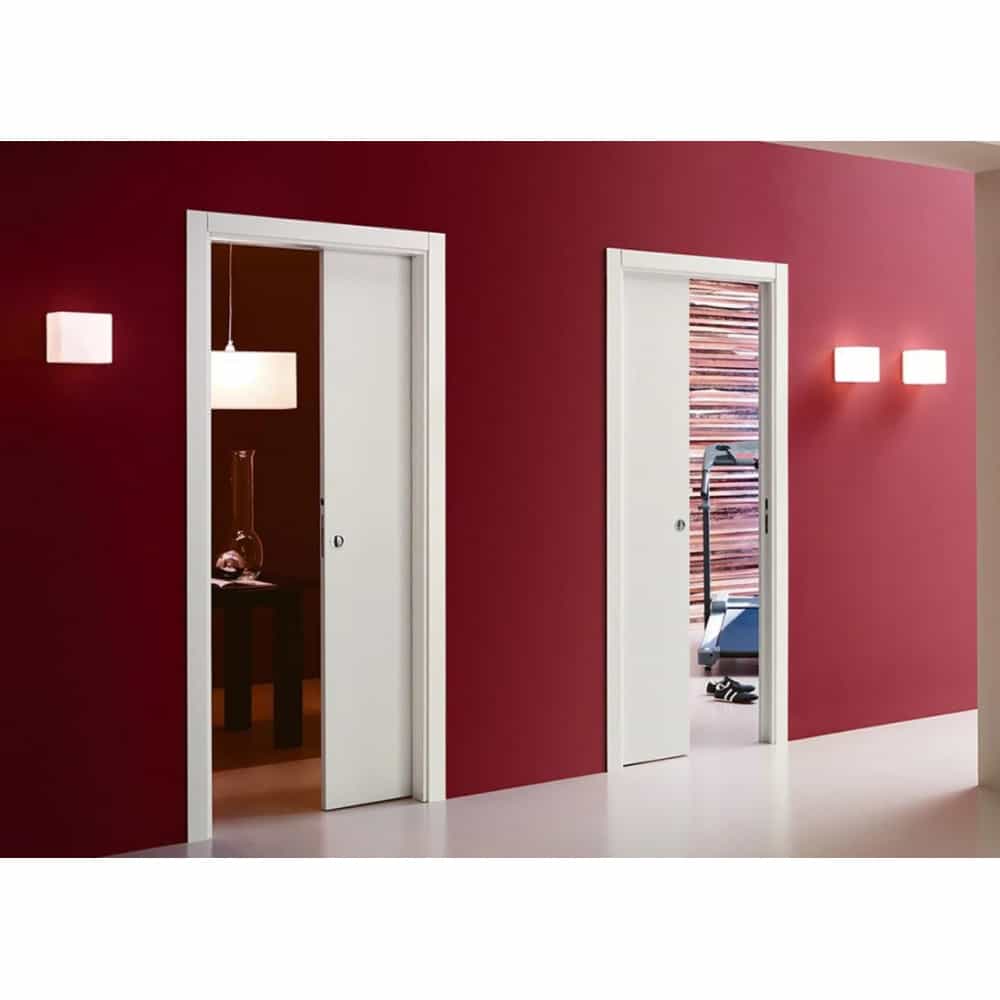
Conclusion
Learned how to install an exterior sliding barn door, and you’re now ready to enjoy the numerous benefits it brings to your outdoor living spaces. This project has allowed you to combine aesthetics with functionality, giving your home a touch of rustic charm while also increasing security and convenience.
Throughout this guide, we’ve covered every aspect of the installation process, from the initial measurements to the final adjustments. You’ve gained valuable insights into choosing the right hardware, framing your door correctly, and ensuring smooth, trouble-free operation.
By following our step-by-step instructions, you’ve not only saved money on professional installation but also gained a sense of accomplishment from completing this DIY project. Your exterior sliding exterior barn door is a testament to your skills and dedication to enhancing your home.
As you admire your newly installed sliding barn door, you can take pride in the fact that you’ve transformed your outdoor space and added a unique, eye-catching element to your property. We hope this guide has been informative and inspiring, and we wish you many years of enjoyment with your beautiful barn door. Happy sliding!



